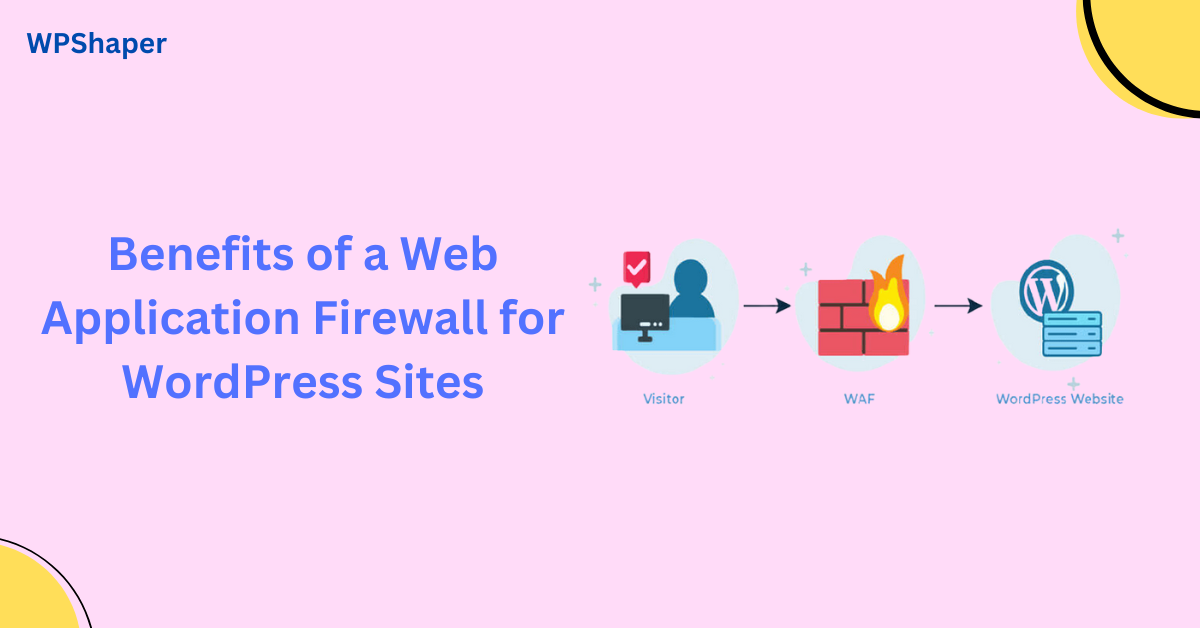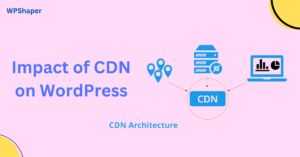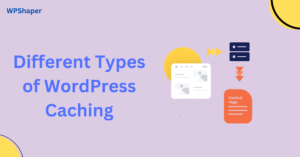Benefits of a Web Application Firewall for WordPress Sites, A Web Application Firewall (WAF) is a security tool designed to protect web applications, including websites, from various types of online threats and attacks. It operates as a barrier between a web server and the incoming traffic, filtering and monitoring requests to identify and mitigate potentially malicious or harmful activities. When it comes to protecting a WordPress site, a WAF plays a crucial role in safeguarding against a wide range of attacks and vulnerabilities. WAF is one of the Core Components of Managed WordPress Hosting.
Benefits of a Web Application Firewall for WordPress Sites
Filtering Malicious Traffic: A WAF examines incoming HTTP requests to your website and filters out potentially malicious traffic. It identifies patterns and signatures associated with known attack methods, such as SQL injection, cross-site scripting (XSS), and cross-site request forgery (CSRF), among others.
Blocking Known Vulnerabilities: Many attacks exploit known vulnerabilities in web applications. A WAF can block requests that attempt to exploit these vulnerabilities, thus preventing attackers from gaining unauthorized access to your WordPress site.
Rate Limiting: WAFs can enforce rate limits on incoming requests, preventing automated bots and attackers from overwhelming your site with too many requests in a short period. This helps protect against brute-force attacks and Distributed Denial of Service (DDoS) attacks.
IP Reputation Blocking: WAFs can maintain a list of IP addresses known for malicious activity and block traffic from these sources. This helps prevent traffic from known attackers or suspicious sources from reaching your website.
Security Rule Customization: Many WAFs allow you to create custom security rules tailored to your website’s needs. This flexibility lets you address specific threats that might be more relevant to your WordPress site.
Content Filtering: A WAF can inspect the content of incoming requests and responses. This can help prevent data leakage, sensitive information exposure, and block the transmission of potentially harmful content.
Real-time Monitoring and Reporting: WAFs provide real-time monitoring and reporting, allowing you to identify potential threats and attacks as they happen. This enables you to respond quickly to emerging security issues.
Virtual Patching: In cases where a vulnerability in your website’s underlying software (such as WordPress or its plugins) has been discovered but a patch has not yet been released, a WAF can offer temporary protection by creating rules to block attempts to exploit that specific vulnerability.
PCI DSS Compliance: If your WordPress site handles payment card information, a WAF can help you meet the Payment Card Industry Data Security Standard (PCI DSS) requirements by protecting sensitive data and preventing attacks that could lead to data breaches.
Peace of Mind: Having a WAF in place gives you peace of mind, knowing that your WordPress site is proactively protected against a wide range of security threats.
It’s important to note that while a WAF provides valuable security, it should not be your sole security measure. Regularly updating your WordPress core, themes, and plugins, using strong and unique passwords, and following other security best practices are equally important.WAFs can be implemented as hardware or software appliances, as cloud-based services, or as plugins specifically designed for WordPress. There are both free and paid options available, each offering varying levels of protection and features. When selecting a WAF solution for your WordPress site, consider factors such as ease of use, performance impact, and the types of threats it can effectively mitigate.




